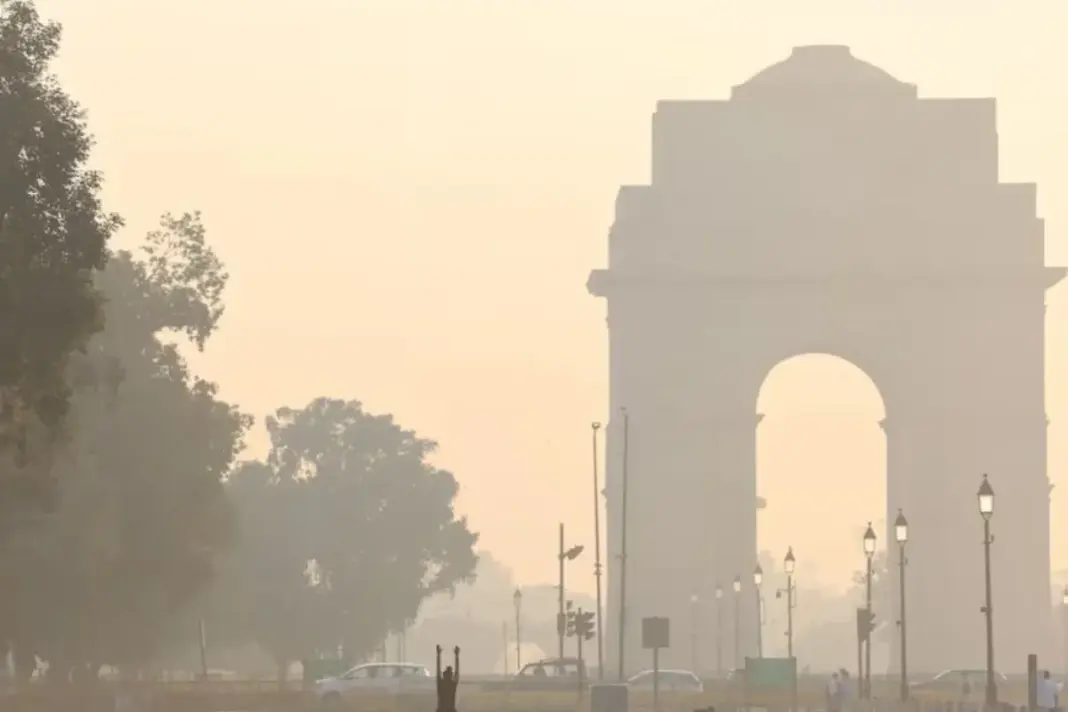Delhi AQI: On October 21, 2025, Delhi woke up to a polluted haze. The city’s air quality had dropped because of the fireworks for Diwali. The Central Pollution Control Board (CPCB) says that 34 of the 37 monitoring points found pollution levels in the “red zone.” This means that the air quality across the national capital was “very poor” to “severe.” Four stations, namely Bawana (431), Burari Crossing (404), Jahangirpuri (407), and Wazirpur (408), reported AQI values above 400, which put them in the “severe” category.
Places Most Affected
Bawana, Jahangirpuri, Wazirpur, and Anand Vihar were the worst-affected places, with AQI levels above 400 in all of them. These stations were among the 33 out of 36 monitoring points that were in the “red zone” by 9:05 AM on Tuesday. The total AQI for the city was 356, which means it was “very poor.”
Fireworks after the allowed times
Delhi AQI: Even though the Supreme Court said that green firecrackers could be set off between 8 PM and 10 PM on Diwali night, the parties went on much longer than that. This caused a big rise in smog, and the fireworks that went off until midnight made the already bad air quality even worse.
Comparing One Year to Another
On the other hand, the air quality was a bit better the day after Diwali 2024. Even though exact AQI numbers for 2024 are not easily accessible, the air quality was better than in 2025 because fewer people were setting off fireworks, and the weather was nice.
Implications and Steps to Take
The sharp drop in air quality has made the government think about stepping up the Graded Response Action Plan (GRAP) steps to fight pollution. People should stay inside, especially those with breathing problems, and if they have to go outside, they should wear N95 masks. This situation shows how important it is to strictly police firecracker laws and run public awareness campaigns to lower pollution levels during the holiday season.
Delhi AQI: Delhi has to deal with this problem every year, and the difference between this year’s and last year’s air quality shows how important people’s actions and rules are for the city’s natural health.


